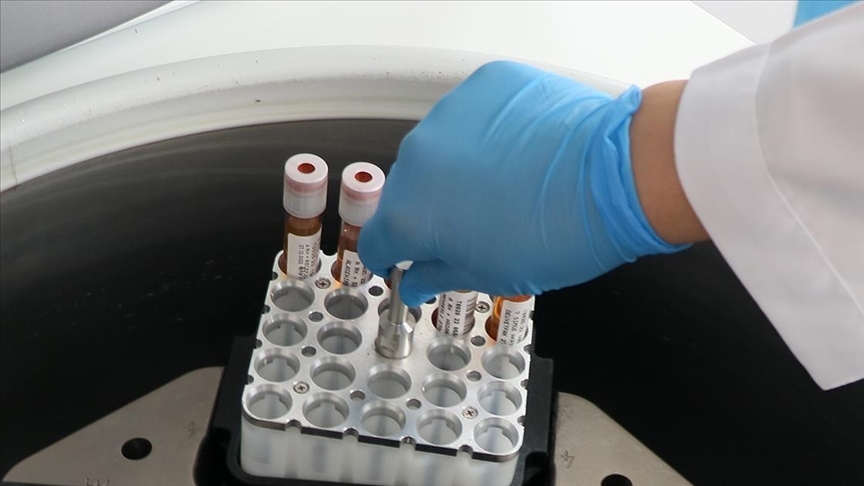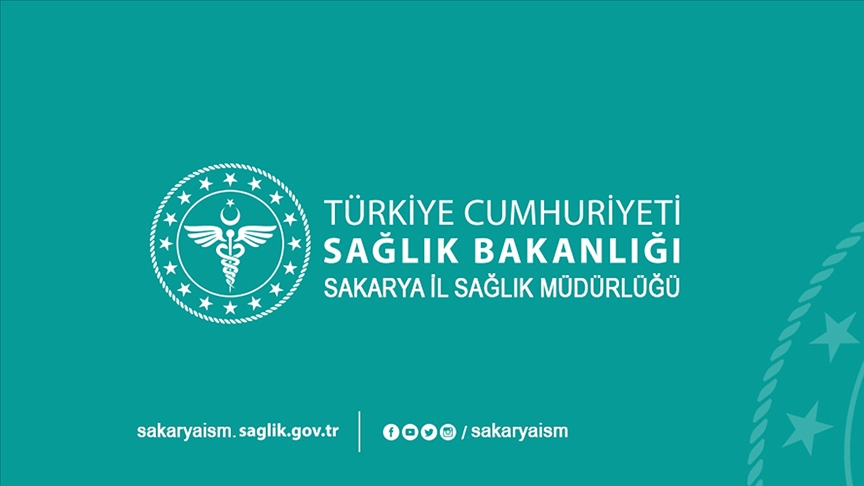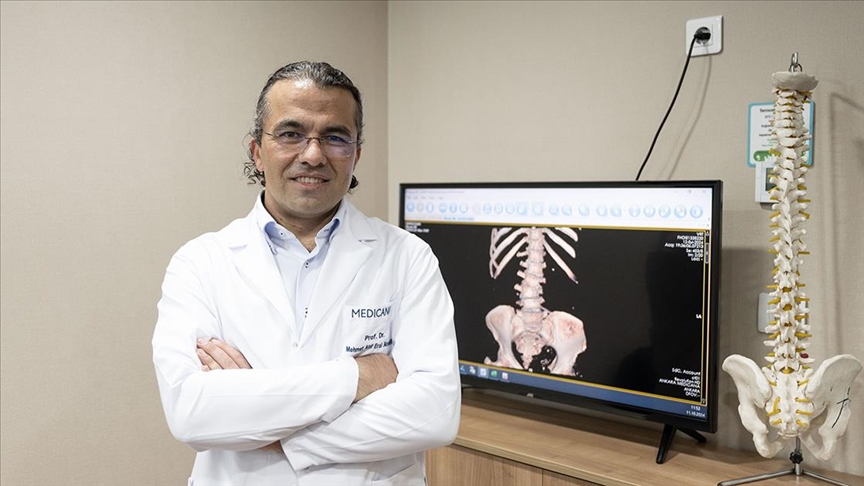
Detecting Stem Cells in Breast Cancer is the Goal
The clinic world > Detecting Stem Cells in Breast Cancer is the Goal
Research Collaboration on Breast Cancer
A research project led by faculty members and students from Giresun University, Pamukkale University, Boğaziçi University, and Özyeğin University aims to detect breast cancer stem cells from blood samples. The project, titled "Detection of Circulating Breast Cancer Stem Cells Using Raman Spectroscopy to Estimate Tumor Burden," has recently received support from TÜBİTAK's Entrepreneurship Support Program (BiGG).
The project, which is expected to be completed within two years, seeks to enable quicker and earlier detection of circulating breast cancer stem cells using Raman Spectroscopy technology on blood samples taken from patients.
Importance of Early Detection in Cancer
Dr. Tuğrul Kesicioğlu from Giresun University noted that breast cancer affects 1 in 8 women, and projections suggest that by the 2050s, it may be seen in 1 in 4 women. Early diagnosis and treatment of cancer are of great importance, with methods like self-examinations, mammography, and MRI playing crucial roles in breast cancer detection and treatment.
Dr. Kesicioğlu emphasized the significance of their project in potentially identifying breast cancer at a molecular level through blood tests, foreseeing its major impact on the global breast cancer research field.
Collecting Blood Samples from Patients
Dr. Funda Demirtaş Korkmaz highlighted the importance of collecting blood samples from patients at different stages of breast cancer. The project aims to develop a tool for detecting cancer stem cells for diagnostic purposes. The Raman Spectroscopy device will be used to identify cancer stem cells and calculate the tumor burden.
Student Oğuzkan İlmaz shared that they will also collaborate with universities in Japan and Scotland for the project. The research has been recognized with TÜBİTAK's excellence certification, focusing on detecting cancer stem cells in breast cancer patients' blood samples.
Source: AA

Sakarya Provincial Health Directorate's Statement on Allegations of Negligence in Baby's Death
AA
Minister Memişoğlu: Structural reforms for private hospitals are on our ministry's agenda
AA
Rwanda Reports No Community Transmission of Marburg Virus, Zero New Cases Recently
ABC News











